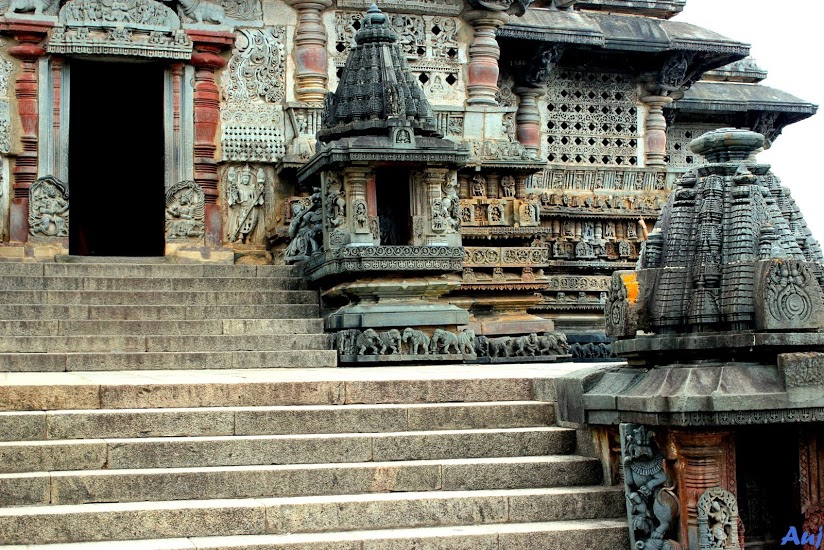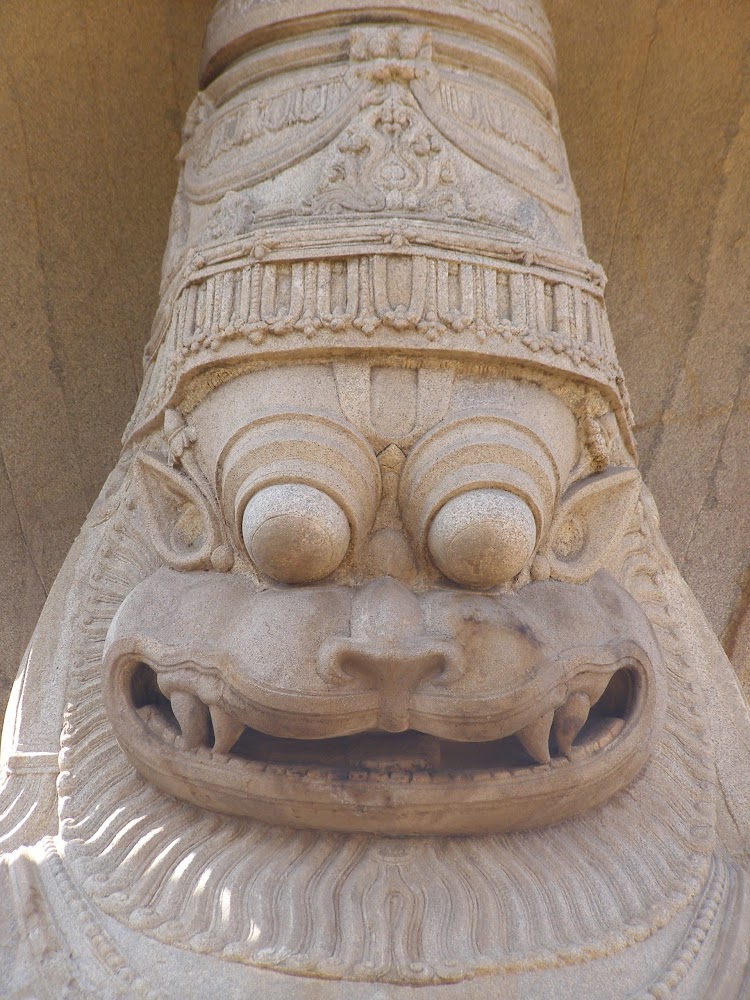
A good number of folks have read about the exploits of Napoleon Bonaparte. His conquests, battles and victories. However we must not forget our own Napoleon. India had its Napoleon 1500 years before the French.
Samudragupta (Rule: 335 AD to 375 AD)
(A brief thread)



Samudragupta (Rule: 335 AD to 375 AD)
(A brief thread)




Samudragupta was the second emperor of the Gupta dynasty. His leadership and victories earned him the title of ‘Napoleon of India’. A true vaishnavite, he performed the ashvamedha yagya to establish hegemony over rival kingdoms.(1)
All through the length of his rule he was never defeated or sent to exile. His body was covered all over with marks of wounds caused by the blows of weapons of war.(2)
Samudragupta was more versatile than Ashoka. Ashoka was proficient in scriptures, but the versatility of Samudragupta lies in the fact that Samudragupta was proficient in various facets of art and culture.(3)
Samudragupta had accomplished poet Harisena in his court who inscribed his king’s bravery on the Allahabad pillar. Samudragupta loved played the veena and was a patron of poetry and philosophy. He was titled ‘Kaviraj’ for his love of poems.(4)
• • •
Missing some Tweet in this thread? You can try to
force a refresh





























